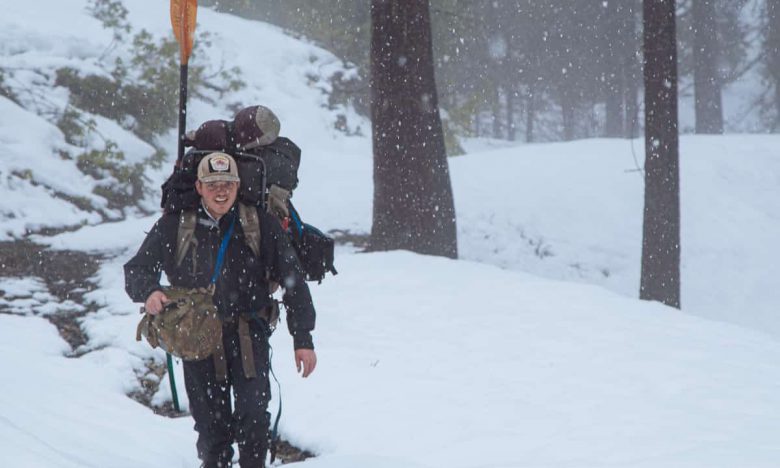Most of the well known whitewater rivers flow through Forest Service, Bureau of Land Management, or National Park Service land and many are National Wild and Scenic Rivers. The land surrounding many of the the iconic multi-day river trips are additionally protected as Wilderness or National Monuments. As a user of these public lands it’s good to know a little about each designation.
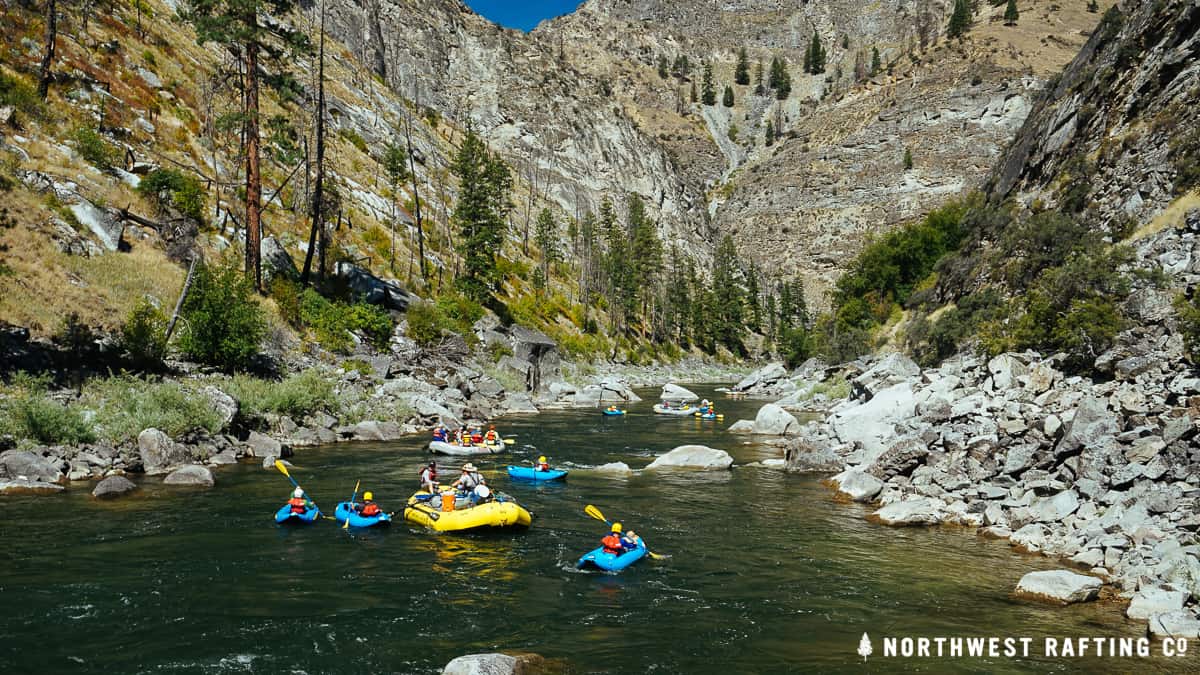
Most public lands are managed the United States Forest Service (USFS), Bureau of Land Managment (BLM), or the National Park Service (NPS). National Monuments, Wild & Scenic Rivers, and Wilderness are an additional layer of protection available to all types of public land that protect their important values from extractive industries and further development.
We are very fortunate to have these public land designations.
National Forests
Managing Agency: Department of Agriculture
Created by: Land Revision Act of 1891
Our National Forests make up 8% of the land mass of the United States. These public lands are protected and managed by the United States Forest Service (USFS), a division of the Department of Agriculture. They tend to be forests or woodlands and are managed for conservation, timber harvesting, livestock grazing, watershed protection, wildlife, and recreation.
“To sustain the health, diversity, and productivity of the Nation’s forests and grasslands to meet the needs of present and future generations.”Mission of the Forest Service
Although these lands are technically protected public lands, they are open to the extraction of natural resources such as mining and logging.
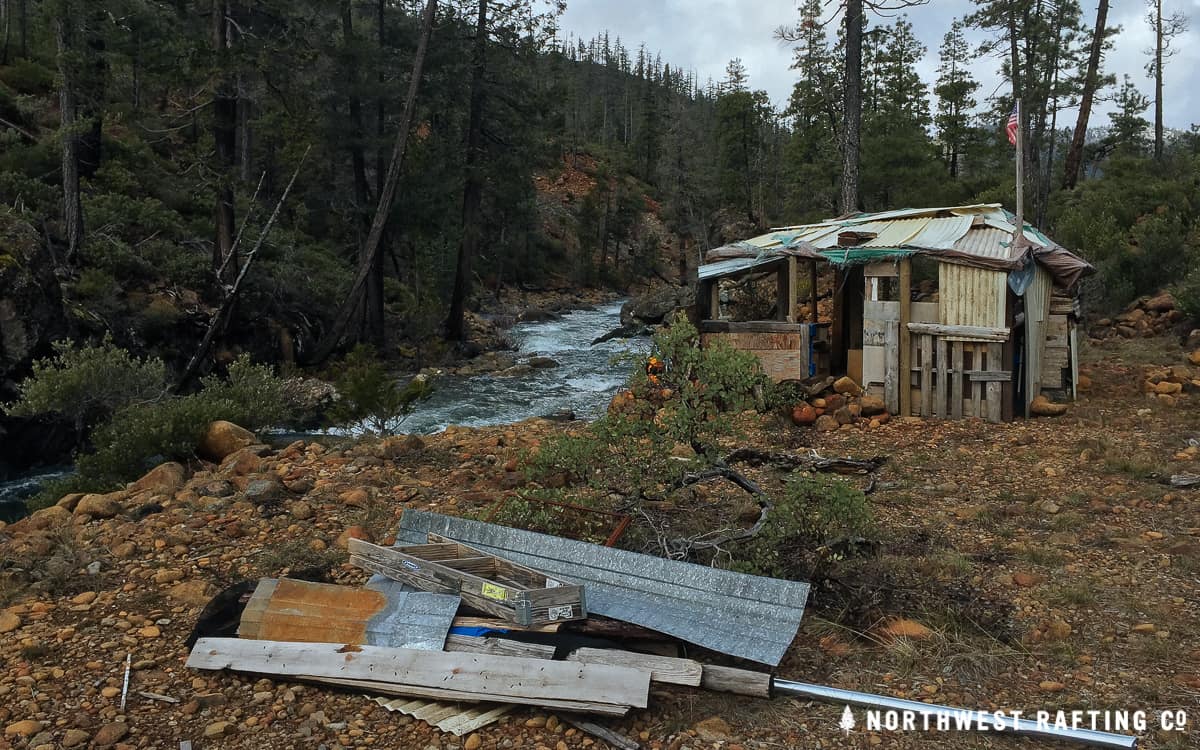
Wilderness, National Monuments, and Wild and Scenic Rivers designations are tools to protect certain Forest Service lands from extractive industries.
Bureau of Land Management (BLM) Lands
Managing Agency: Department of Interior
Created by: President Truman combined the General Land office and Grazing Service in 1946
The Bureau of Land Management manages about 11% of the land mass of the United States. While the Forest Service is an agency in the Department of Agriculture, the BLM is an agency in the Department of the Interior. The vast majority of BLM lands are located in the West and Alaska.
“To sustain the health, diversity, and productivity of the public lands for the use and enjoyment of present and future generations.”Mission of the BLM
The BLM manages grazing, mining, coal leases, recreation, timber, a helium reserve, and much more. The BLM also manages 10% of it’s land under the National Landscape Conservation System whose mission is to “conserve, protect, and restore these nationally significant landscapes that have outstanding cultural, ecological, and scientific values for the benefit of current and future generations.”
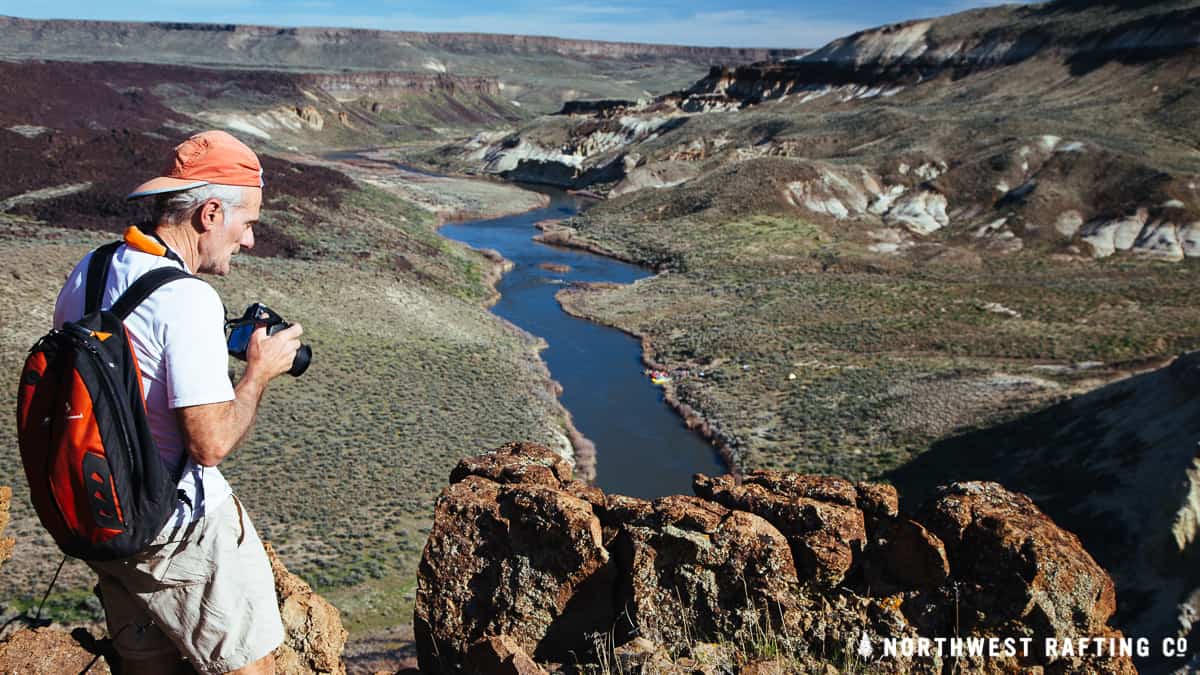
While BLM lands are open for natural resource extraction, National Conservation Lands are protected as National Monuments, Wilderness, Areas, Wild and Scenic Rivers, and 7 other conservations designations that protect scientific, cultural, ecological, historical, and recreational values.
National Parks
Managing Agency: Department of Interior
Created by: National Park Service Organic Act (1916)
Yellowstone National Park was the first National Park in 1872. It set the stage for the National Park Service which was created in 1916 to preserve nationally and globally significant scenic areas and nature reserves. Today there are 59 National Parks that make up 3.6% of the land mass of the United States. Like the BLM, the National Park Service is an agency within the Department of Interior.
“To conserve the scenery and the natural and historic objects and wildlife therein, and to provide for the enjoyment of the same in such manner and by such means as will leave them unimpaired for the enjoyment of future generations.”National Park Service Mandate
The National Park Service is charged with a dual mandate to (1) protect park resources and (2) allow for continued enjoyment by the public in an unimpaired condition. Since public use of our National Parks can affect the park’s resources, balancing these can be a challenge. National Parks are generally protected from extractive industries and development, with a few exceptions.
Partial list National Parks vistied by whitewater paddlers
- Grand Canyon National Park (Grand Canyon of the Colorado River)
- Canyonlands National Park (Colorado River and Green River)(
- Black Canyon of the Gunnison National Park (Gunnision River)
- Kings Canyon National Park (Middle and South Forks of the Kings River)
- Redwood National Park (Redwood Creek)
Wilderness Areas
Wilderness designation is the gold standard of public land protection. The Wilderness Act of 1964 established the National Wilderness Preservation System.
“An area where the earth and its community of life are untrammeled by man, where man himself is a visitor who does not remain.”The Wilderness Act
The Wilderness Act provides extra layer of protection for public lands managed by the National Park Service, the U.S. Forest Service, the U.S. Fish and Wildlife Service, and/or the Bureau of Land Management.
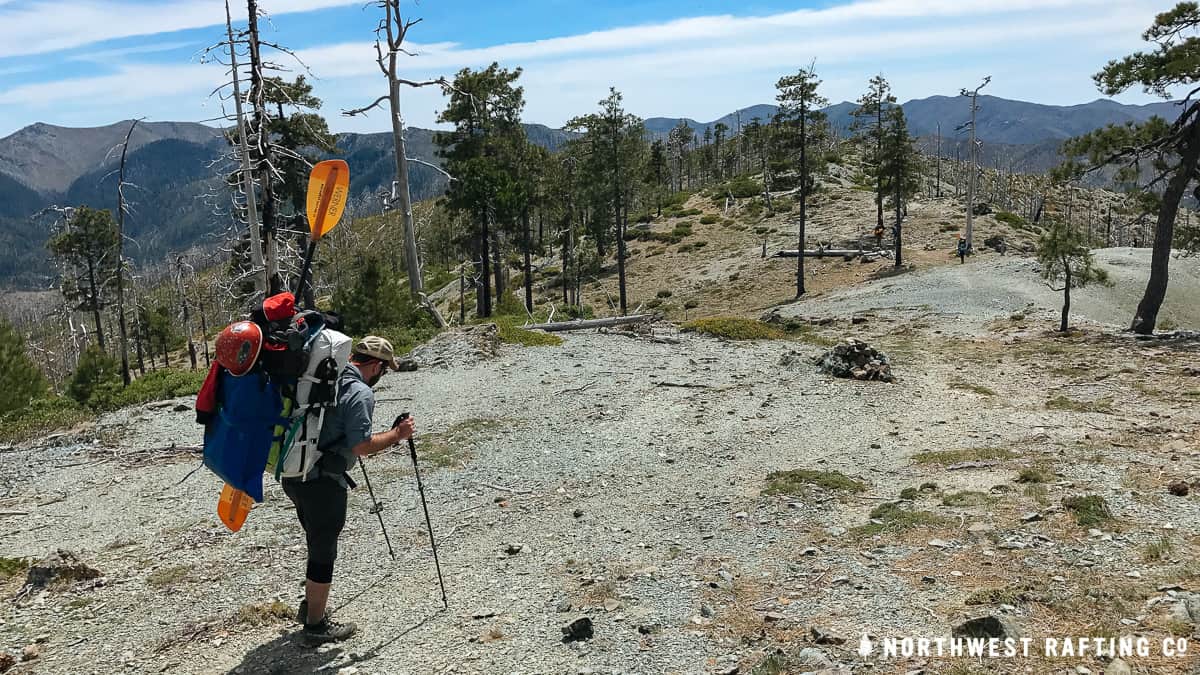
Partial list of the wilderness areas visited by whitewater paddlers
- Frank Church-River of No Return Wilderness (Middle Fork of the Salmon, South Fork of the Salmon, Main Salmon, Big Creek, Loon Creek, and Camas Creek)
- Wild Rogue Wilderness (Rogue River)
- Kalmiopsis Wilderness (Illinois River, Chetco River, and Upper North Fork of the Smith River)
- Ishi Wilderness (Deer Creek)
The Wilderness Act is beautifully written and is something that paddlers who visit wilderness areas should read. The primary purpose of wilderness is “the preservation of their wilderness character” and the Wilderness Act states “wilderness areas shall be devoted to the public purposes of recreational, scenic, scientific, educational, conservation, and historical use.”
National Monuments
Managed by: USFS, BLM, NPS, or U.S. Fish and Wildlife Service
Created by: Antiquities Act of 1906
The Antiquities Act of 1906 allows the U.S. President to proclaim National Monuments for the “protection of objects of historic and scientific interest.” The original purpose of the act was to protect certain public lands from looting of Native American artifacts and ruins.
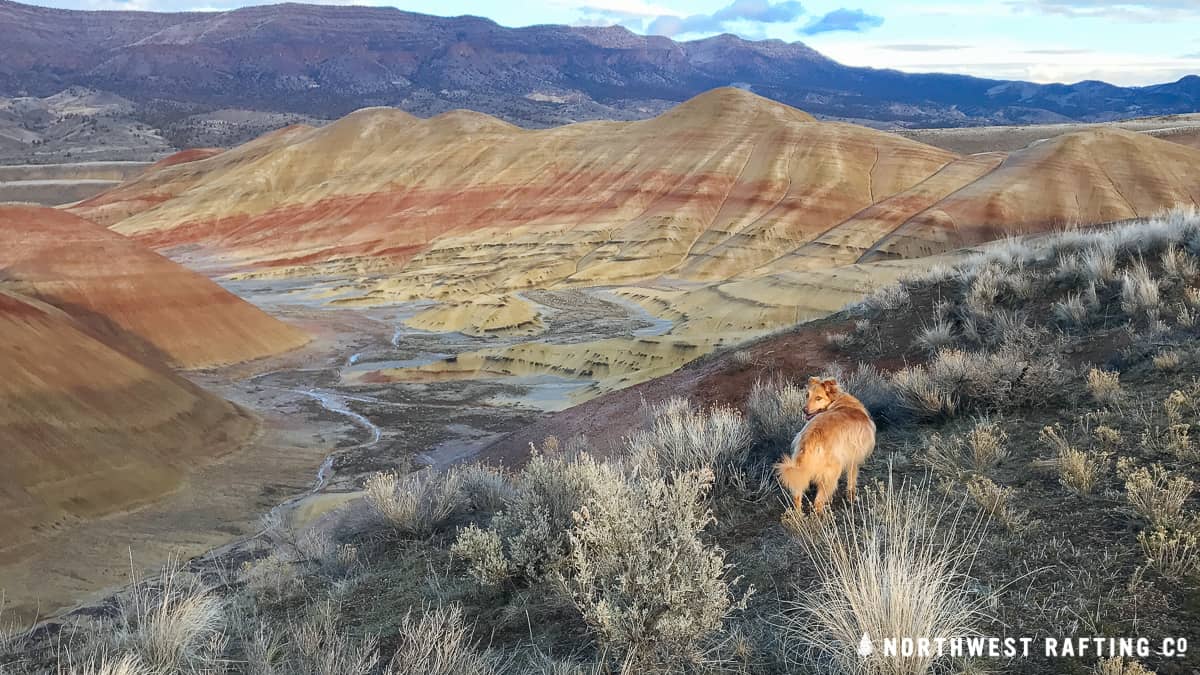
“Historic landmarks, historic and prehistoric structures, and other objects of historic or scientific interest that are situated upon the lands owned or controlled by the Government of the United States”Antiquities Act of 1906
Theodore Roosevelt signed the Antiquities Act in 1906 and declared 15 National Monuments while he was President. One of his designations was the Grand Canyon National Monument which is now Grand Canyon National Park.
Partial list of National Monuments visited by paddlers
- Dinosaur National Monument (Green River and Yampa River)
- Vermillion Cliffs National Monument (Paria River)
- Browns Canyon National Monument (Arkansas River)
- Grand Staircase-Escalante National Monument (Escalante River)
- Berryessa Snow Mountain National Monument (Cache Creek)
Some of our National Parks were first protected as National Monuments with the Antiquities Act
- Grand Canyon National Park
- Olympic National Park
- Zion National Park
- Black Canyon of the Gunnison National Park
- Wrangell St. Elias National Park
Wild and Scenic Rivers
Managed by: USFS, BLM, NPS, or U.S. Fish and Wildlife Service
Created by: Wild and Scenic Rivers Act (1968)
The Wild and Scenic Rivers Act was a response to a national policy of dam construction in the first half of the 20th century. The purpose of the act is to protect and enhance certain free flowing rivers that contain “oustandingly remarkable values.” These values can be scenic, recretaional, geologic, fish and wildlife, historic, cultural, and/or other.
“To preserve certain rivers with outstanding natural, cultural, and recreational values in a free-flowing condition for the enjoyment of present and future generations”Wild and Scenic Rivers Act)
The managing agency (USFS, BLM, NPS, or U.S. Fish and Wildlife Service) must create a management plan to “protect and enhance” the river’s outstanding remarkable values. Many of the rivers that we commonly paddle list recreation as an outstanding remarkable value, so they are managed to protect and enhance recreation. Most river permits are a result of the Wild and Scenic River Management plans.
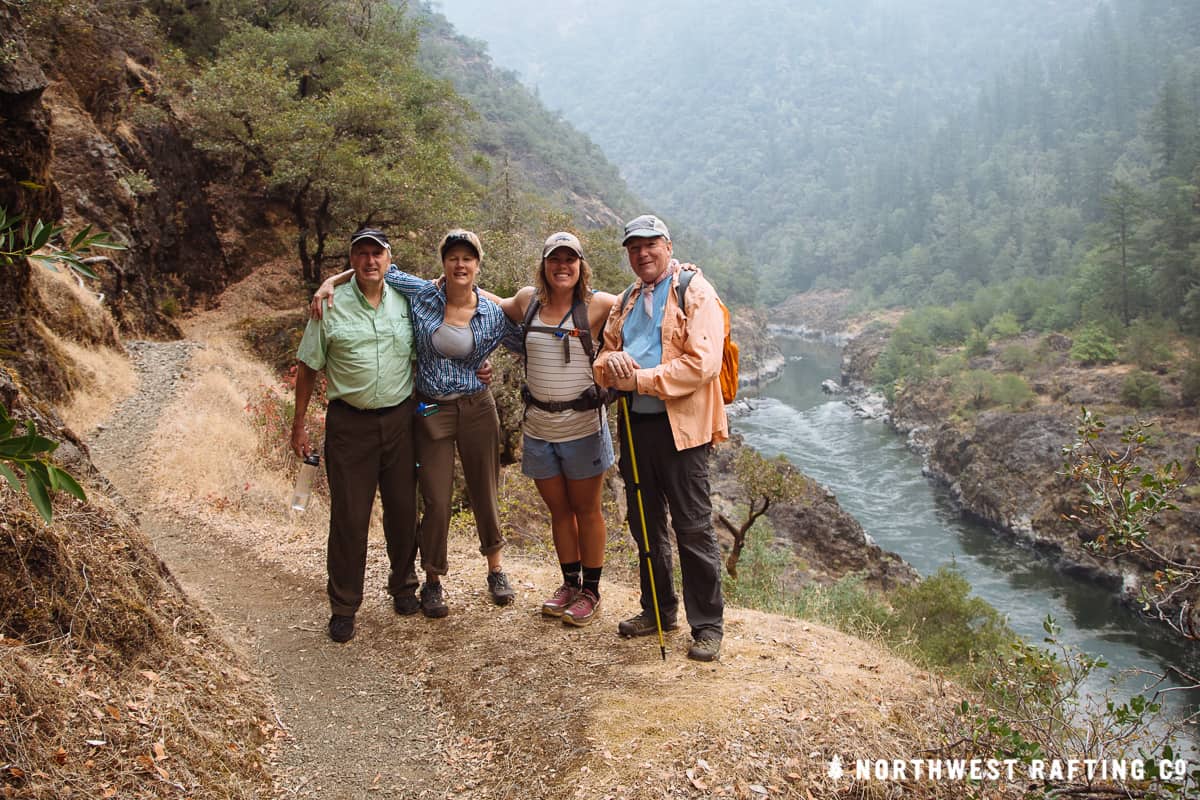
National Recreation Areas
Managed by: USFS, BLM, or NPS
Created by: President’s Recreation Advisory Committee (1963)
National Recreation Areas are typically managed by the United States Forest Service but a few are managed by the BLM and National Park Service. They protect public lands that may not be suitable for wilderness but deserve protection for recreation.
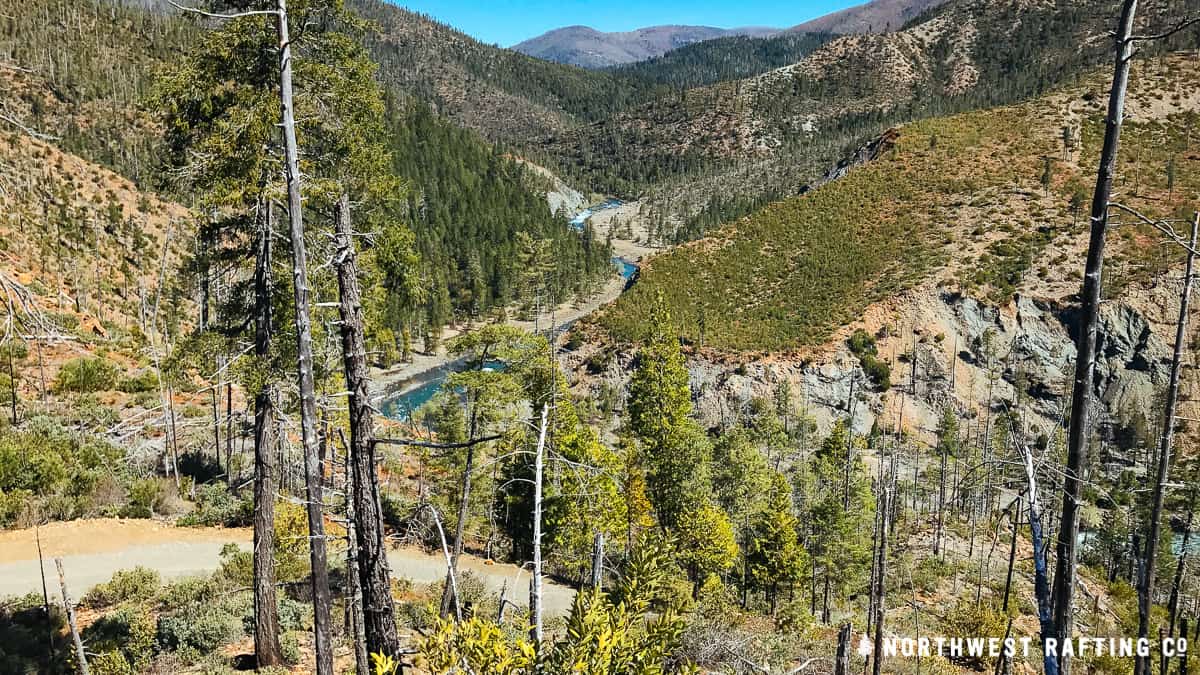
There is not a system of National Recreation Areas or defining legislation similar to what exists for National Monuments or Wilderness. Each National Recreation area is managed differently based it’s unique needs.
Partial list of National Recreation Areas visited by paddlers
- Smith River National Recreation Area (Smith River)
- Hells Canyon National Recreation Area (Snake River)
